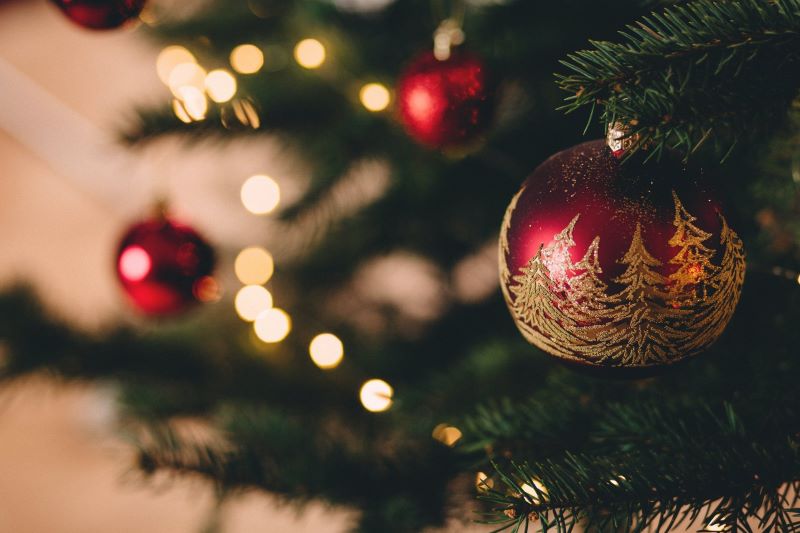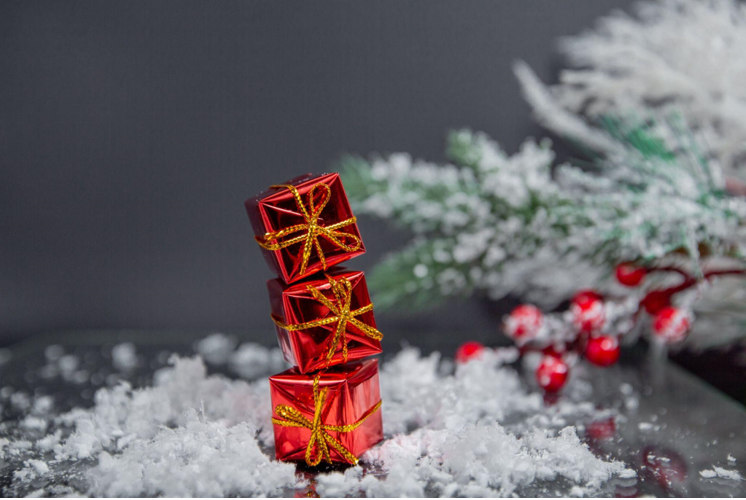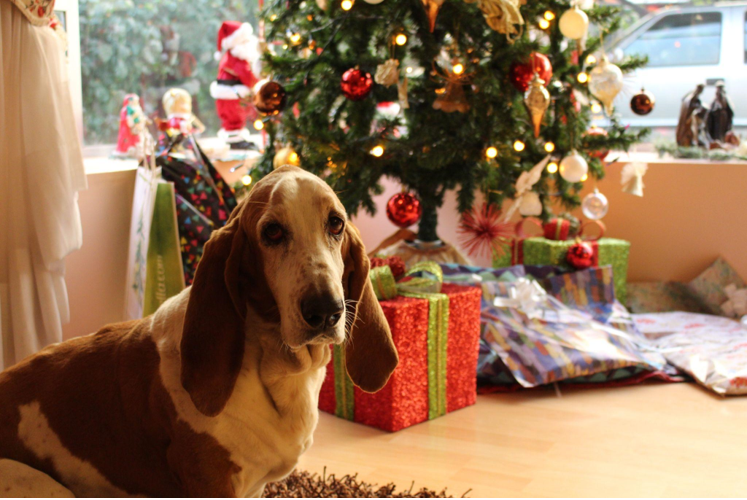
The Science Behind Pre-Lit Christmas Trees: Debunking Popular Myths
When it comes to the holidays, people take great pride in their decorations, with the centerpiece being the Christmas tree. And in recent years, the pre-lit Christmas tree has become a popular option for many households. However, there has been some debate about the environmental impact of these festive trees.
Let’s start by addressing some of the common misconceptions surrounding pre-lit Christmas trees. One of the most widely spread untruths is that these trees cannot be recycled. This is simply not true. While pre-lit trees may have lights and electrical wiring, they are made from the same materials as traditional Christmas trees and can be recycled in the same manner.
Another false claim is that pre-lit trees require significantly more energy to operate than traditional trees. While pre-lit trees do require electricity to power their lights, the amount of energy used is generally quite small. Most pre-lit trees contain energy-efficient LED lights, which use 80-90% less energy than traditional incandescent bulbs. Additionally, many models are equipped with a timer or automatic shutoff feature, which can further reduce energy consumption.
The Carbon Footprint of Pre-Lit Trees: Is it Worth the Convenience?
Now, one of the most significant advantages of pre-lit Christmas trees over traditional trees is their reuse value. Pre-lit trees are designed to be used for multiple holiday seasons, typically lasting between 5-10 years, depending on factors such as maintenance and storage conditions. In contrast, traditional trees are typically discarded after a single use and require a new one to be cut down the following year. This means that pre-lit trees have a much lower overall environmental footprint, as they require fewer resources and energy to produce.
However, it is important to note that the environmental impact of a pre-lit tree depends greatly on the disposal method used at the end of its lifespan. If the tree is disposed of in a landfill, it will decompose and release harmful greenhouse gasses, which contribute to climate change. On the other hand, if the tree is recycled, its materials can be repurposed, reducing the need for new raw materials and further lowering its environmental impact.
In summary, pre-lit Christmas trees are an environmentally friendly option that can reduce waste and conserve resources. However, it is essential to ensure proper disposal methods are used at the end of their lifespans to maximize their environmental benefits. That being said, these trees are an excellent choice for those who want to minimize their impact while still enjoying a festive holiday season. So, let the Christmas season commence with eco-friendliness in mind!


